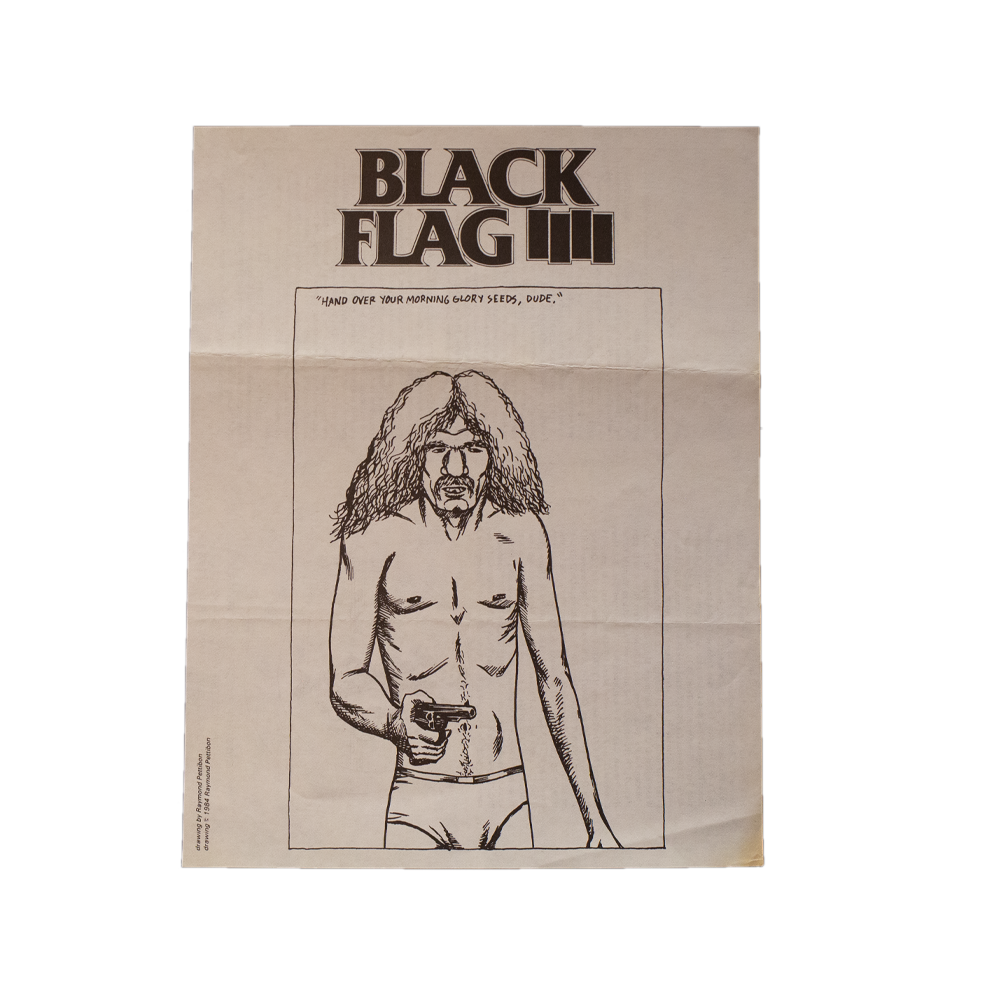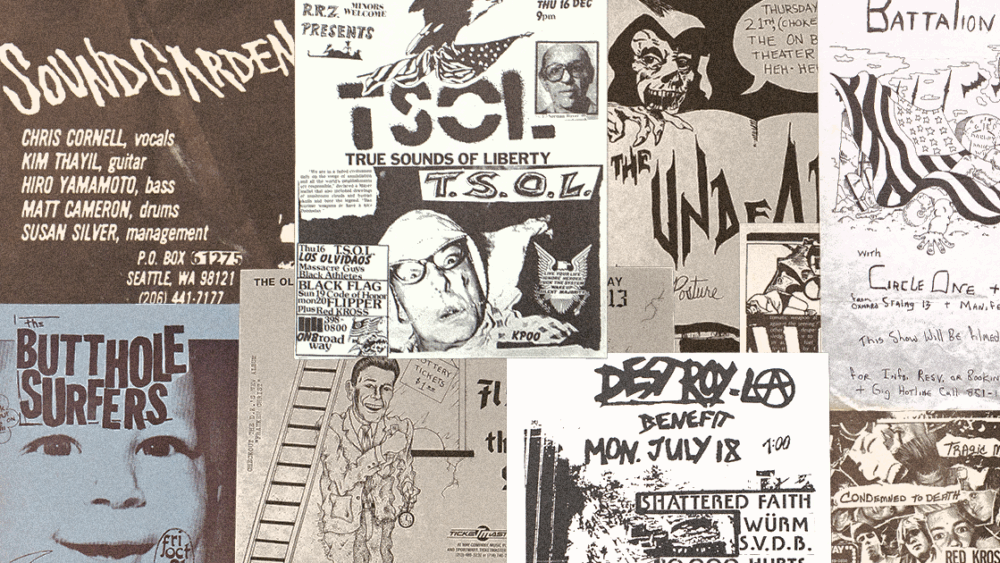It was the Message, not the Medium
Punk wasn’t just a genre of music — it was a visceral, visual, and cultural rebellion. At the heart of its grassroots communication network were punk handbills: largely, low-quality, xeroxed flyers plastered on street poles, distributed at shows, and taped to record store walls. Seeing as punk was excluded from mass media coverage, these scraps of paper became the unofficial billboard of a movement used to promote punk shows, bands and underground events.
The Design Was Rough
The handbill design captured the ethos of the music genre. They were raw, urgent, and often aggressive. With limited resources, punks used scissors, glue, letraset, and whatever they could find to create memorable visuals. Often, the artwork and/or the words offended…that was intentional. The DIY style wasn’t just an aesthetic; it was a rejection of well-designed and visually appealing commercial print jobs. Punk handbills were anti-corporate, anti-mainstream, and anti-perfection. Pretty much anti-anything!

Different Bands, Different Styles
As with all music genres, certain artists rose above the fray and their handbills were memorable. Los Angeles Bands like Black Flag, the Germs, Circle Jerks and The Descendents created handbills which were iconic and often anarchistic. Raymond Pettibon’s art for Black Flag became legendary (and highly collectable) for its dark, imagery and psychological messaging. In New York, acts such as The Dictators and Agnostic Front played the famous CBGB or Max’s Kansas City and their handbills had a grittier feel. Across the water in London, the messages conveyed through DIY handbills was often political, with The Sex Pistols and the Clash promoting gigs through provocative messaging and tabloid-style graphics. Jamie Reid’s ransom-note style for the Pistols helped define the look of UK punk.
Sought After by Collectors

These handbills were more than just gig announcements. They reflected the energy and anger – and resultant creativity – of a movement determined to exist on its own terms. Today, they’re preserved in punk archives, art books, and museum exhibits where they are viewed as legitimate art. Museums like MOCA in LA have exhibited punk flyers, and in late 2024 the Orlando Museum of Art exhibited a spectacular private collection of not only handbills, but also posters, zines and memorabilia originating from this fascinating genre.
Punk Handbills Remain Relevant
Punk handbills weren’t just advertising – they represented a rebellious form of communication that that was necessary to get underground voices heard, and they were heard loud and clear. There is a reason why these handbills are still collected by historians, artists and rabid fans. In a world where there is always a sub-culture railing against societal norms, these handbills represents artifacts of rebellion that refuses to fade.
Check out our punk handbills (along with others) here! You can find our larger punk collection here as well.



Comments are closed.